#Flashback
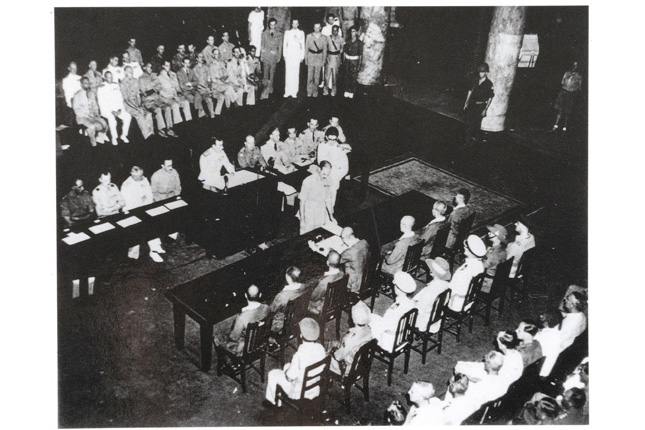
The Chamber of the Former City Hall was the site of the historic surrender of the Japanese on 12 September 1945. (c.1945. Image from National Museum of Singapore)
“12 September 1945, General Seishiro, along with four other Generals and two Admirals, entered the City Hall Chamber to formally surrender Singapore to Admiral Lord Louis Mountbatten, the British Supreme Allied Commander in Southeast Asia.” From Roots on WW II timeline.
So today marks Victory Day. But the joy and relief must have been short lived as people woke up to victory and at the same time came to grips with the loss and damage wreaked by three and half years of Japanese Occupation; Closer to the bone, came grieving for lives lost and unaccounted for.
Recently, I attended a talk by a researcher – delving into WW II history for next years commemoration of the 75 Anniversary of the fall of Singapore – who shared some memos she came across at the National Archives of Singapore which had sent the “hairs on her arm standing” . They were written by an officer under the British Military Adminstration BMA. The BMA was established in Singapore and Malaya during the period from the Japanese surrender to restoration of civilian rule on 1 April 1946.
The memos noted that reports of those missing during the war lodged by civilians to the BMA in the immediate aftermath of wars’ end, started to show a pattern of Chinese men missing from the dates corresponding to what we now know as Sook Ching. For a period of 3 weeks from 21 February to 4 March 1942, Chinese males between the ages of 18 and 50 were summoned to various mass screening centres and those suspected of being anti-Japanese were executed.
The full scale and nature of Sook Ching was certainly not known during Occupation and only painfully unraveled after the war. But there had been records handwritten and scribbled in secret by individuals of the names of the men who were taken and never returned. Some of these records came to light and later provided evidence needed for the war tribunals which took place a year later in 1946 in Singapore. A portal of the war tribunals held in Singapore launched at the end of August 2016 at the NUS Law Faculty and based on records from the British is an important initiative in documenting WW II history in the region.
In our own research into family history, descendants shared with us their oral records of those in their family who perished in Sook Ching, of which is captured in both our community driven book WW II@ Bukit Brown and also in this blog here and here.
Closer to home, and perhaps most poignant is a first ever record of the Sook Ching execution of two brothers on Punggol Beach documented in a poem by the late father of a family friend. The title of this blog post is taking from the anthology of poems and essays which are published in ” I Found A Bone and Other Poems” by Teo Kah Leng.
I reproduce here excerpts from the title poem:
I found a bone on Punggol Beach
Half buried in the sand,
And bleached by white by the sea and sun –
I picked it up with my hand
It was as brittle and as light
As coral in the sea
It has once an arm like mine
And a hope like me
…….
But then they came a fateful day
To shatter hope and faith
’twas nineteen hundred forty two
February twenty-eighth….
A machine gun sputtered a deadly hate
A bullet whizzed through me,
And I was dragged down by the line
That dropped before the sea
I heard my brother groan and die,
I heard approaching feet,
And Ah! I felt the welcome steel
That stopped my heart to beat
I held the arm bone in my hand
And let my warm tears fall,
My brothers were slain on Punggol Beach
My brothers Peter and Paul
Teo Kah Leng
(1909 -2001)
====================
(Benedict) Teo Kah Leng was an English and Literature teacher who started his teaching career in pre- war Singapore. “Paul” in the poem is his younger brother and “Peter” his older brother. On Teo Kah Leng’s poems, Dr. Eriko Ogihara-Shuck, who co edited the book and who has researched Malayan modernism writing in colonial Singapore, writes:
Kah Leng’s writing style clearly reflects that he was a “teacher – poet” who saw a pedagogical value in the reading and writing of poetry. Like many other English teachers of the 1950s and 60s, he adored poetry as a means of teaching students basics about English skills including pronunciation. He also believed that rhythms and rhymes are primary attractions to both his pupils and an adult audience, and hence poetry is also an effective way of transmitting important values in life.
Values such as compassion and going beyond the call of duty. Teo, was a devout Catholic who taught and served as Principal of Montfort School from 1927 to 1969 . The school was located in a predominantly Teochew enclave, where families were often too poor to send their children to school. His daughter Anne Teo writes of her father in the book:
” My father’s love, care and concern for others extended beyond the family. He would visit parents of students with financial difficulties to persuade them to allow their children to continue studying. He assisted them to seek financial assistance For some weaker students, he would stay back after school to offer them extra coaching in various subjects……..There were times to when he returned home for lunch, hungry as a bear, because he had given his lunch money to poor students who had no money for break time.”
Teo’s “legacy” to his daughter Anne was an anthology of 50 poems, almost all of which has been printed in this book, fulfilling her father’s dream of publishing a book on his poems.
by Catherine Lim, co editor bukitbrown.com
“In the end we will conserve only what we love; we will love
only what we understand; and we will understand only
what we are taught.” (Baba Dioum, 1968.)
A quote by the Guest of Honour Senior Minister of State , Desmond Lee (National Development and Home Affairs) in his address , captured aptly the journey of the Bukit Brown community leading to another milestone in what has been dubbed ” a movement” with the launch on 16 April, 2016 of the book WWII@Bukit Brown – a collection of essays, poems and stories from the community of Brownies and descendants.
In his speech, Minister Lee recounted his first guided walk at Bukit Brown Cemetery with his constituents :
“During the visit three years ago, we learnt about the history and heritage of our pioneers from the stories shared by the Brownies.
Over the years, we have all been very impressed by the passion demonstrated by the Brownies, as they have contributed so much of their personal time, personal energy and expertise to research, document and share the history of Bukit Brown with the rest of us in Singapore.
They are an example of what the community can do to connect with, and to celebrate our history. But if we reflect on it, although Bukit Brown is a cemetery, their work is so much more than just about the past. It is also very much about our future.
The research that the Brownies did led descendants to approach them for help to identify their ancestors’ resting places, and from there, an opportunity to open up conversations about their personal and family stories, which they then shared for the benefit of posterity.
I understand that some of the descendants are here. Some of your stories and stories of your forefathers have made their way into this book. This book is a testament to the hard work and effort the Brownies had invested over the years.”
We were also honoured to have descendants among the contributors to the book grace the launch and they included the descendants of Tay Koh Yat, Tan Ean Kiam, Cho Kim Leong and Tan Kim Cheng.
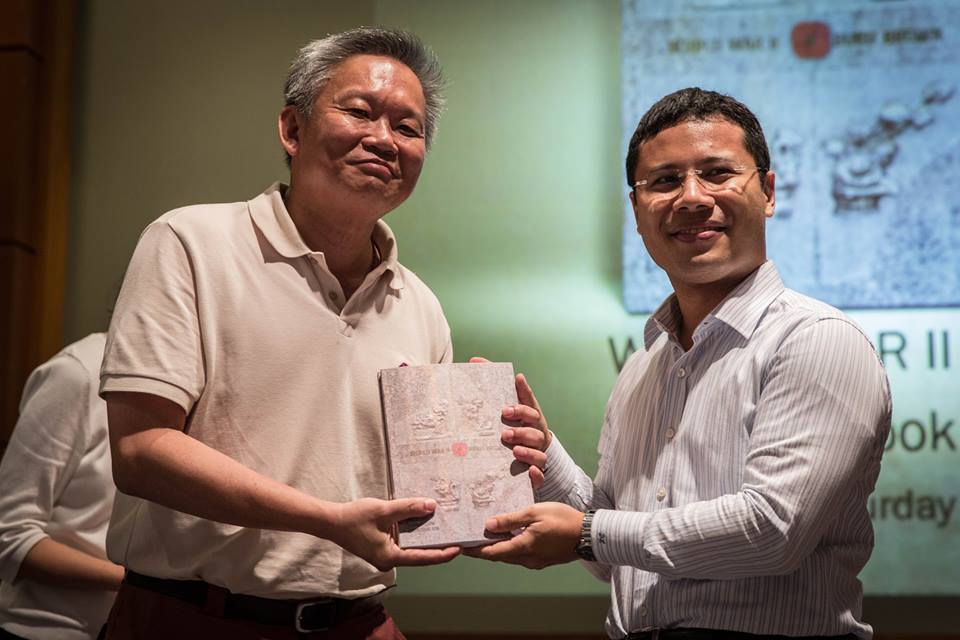
Tan Keng Leck, grandson of Tan Ean Kiam with Minister Desmond Lee. The Tan Ean Kiam foundation is also one of the sponsors for the book (photo Lawrence Chong)
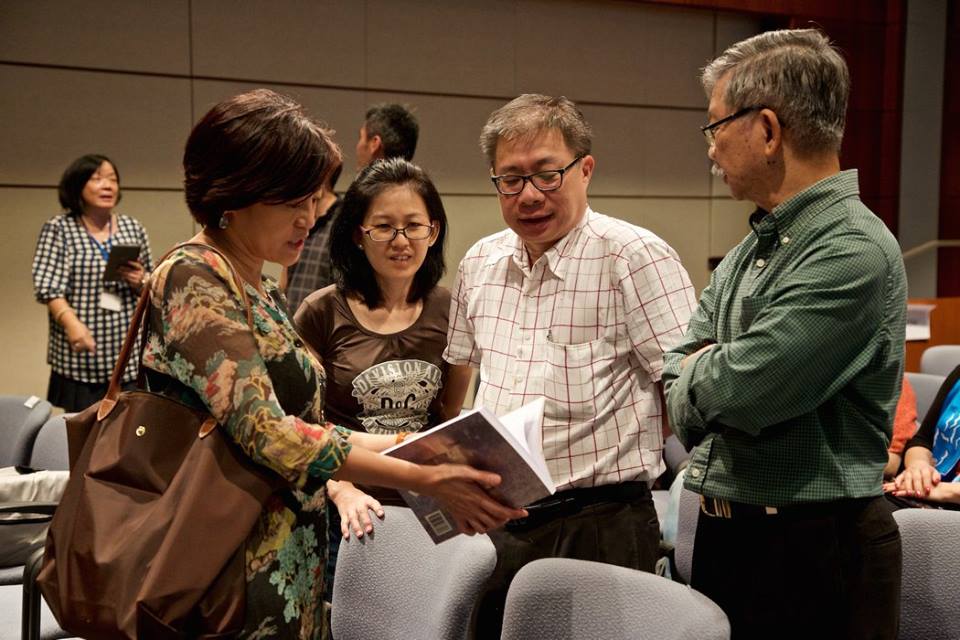
Claire Leow (Editor) with the youngest and oldest grandsons of Tay Koh Yat showing them the chapter on their grandfather.(photo Carolyn Lim)
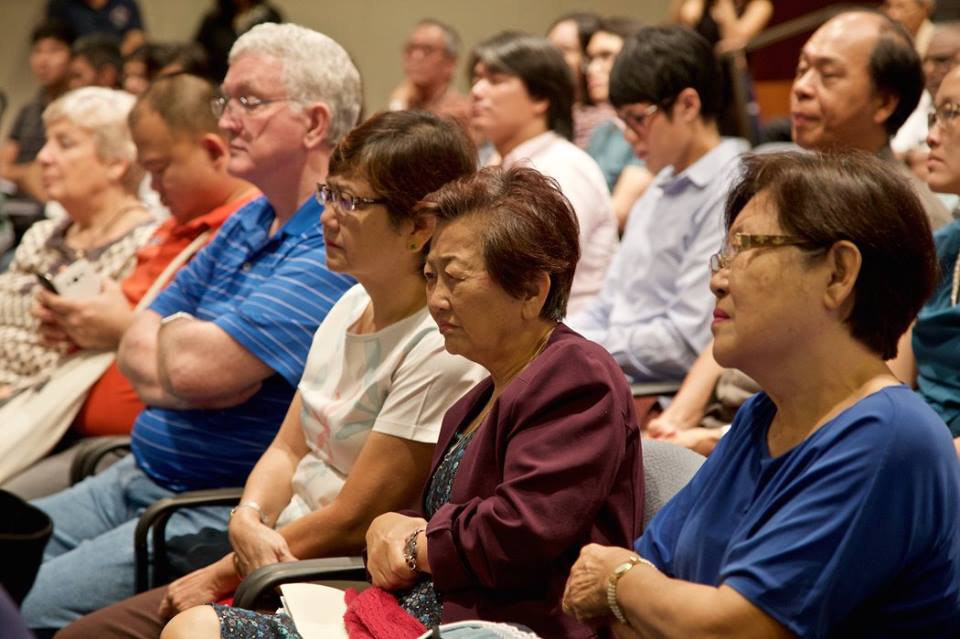
Jenny Soh in maroon top is the niece who was saved by her Aunt Soh Koon Eng who died during a bombing raid at their home in Geylang. (photo Carolyn Lim)
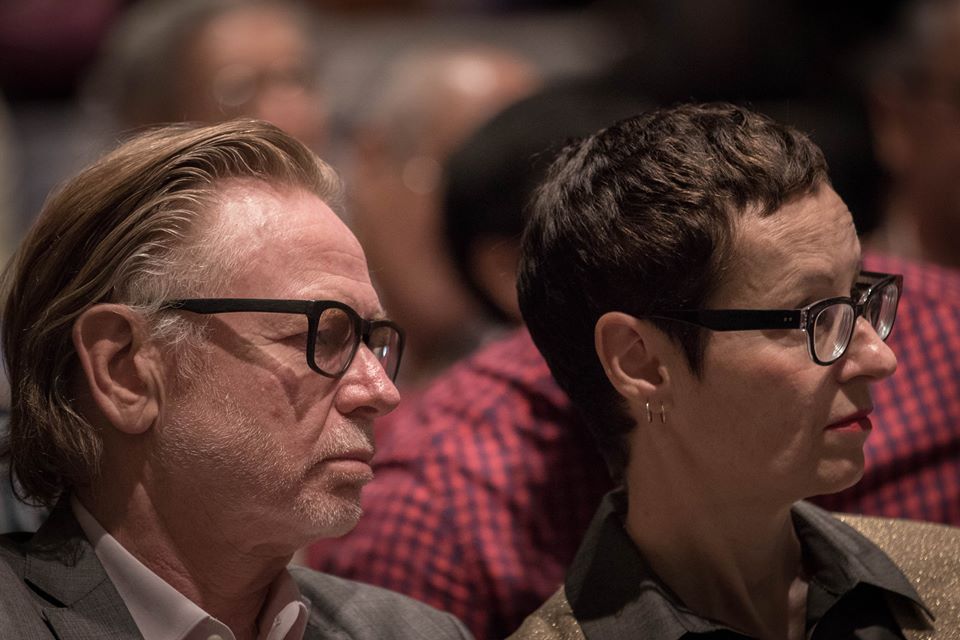
Among the guests who attended, the Australian High Commissioner Philip Green and his partner Susan who have been guided by Brownies (photo Lawrence Chong)

The Editorial Team (minus 2, Yik Han and Raymond Goh) with Minister Desmond Lee. L-R Catherine, Claire, Simone, Peter, Minister Lee, Bianca, Fabian, Chyen Yee, Charles (photo Lawrence Chong)
It was an occasion for connections and re-connections.

SHS President Chua Ai Lin with Dr. Tan Cheng Bock an old family friend and Alex Tan Tiong Hee who contributed a chapter in the book. (photo Lawrence Chong)
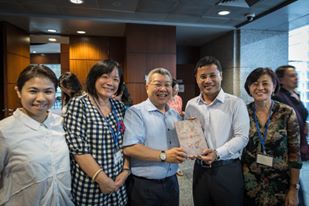
SHS President Chua Ai Lin, Catherine (editor) Kevin Tan (former SHS President and Editor of ” Spaces of the Dead- A Case from the Living 2011″) Minister Lee and Claire (editor) – Overheard, Kevin recounting to Minister it took 11 years to raise funds for the book Spaces of the Dead also published by Ethos (photo Lawrence Chong)
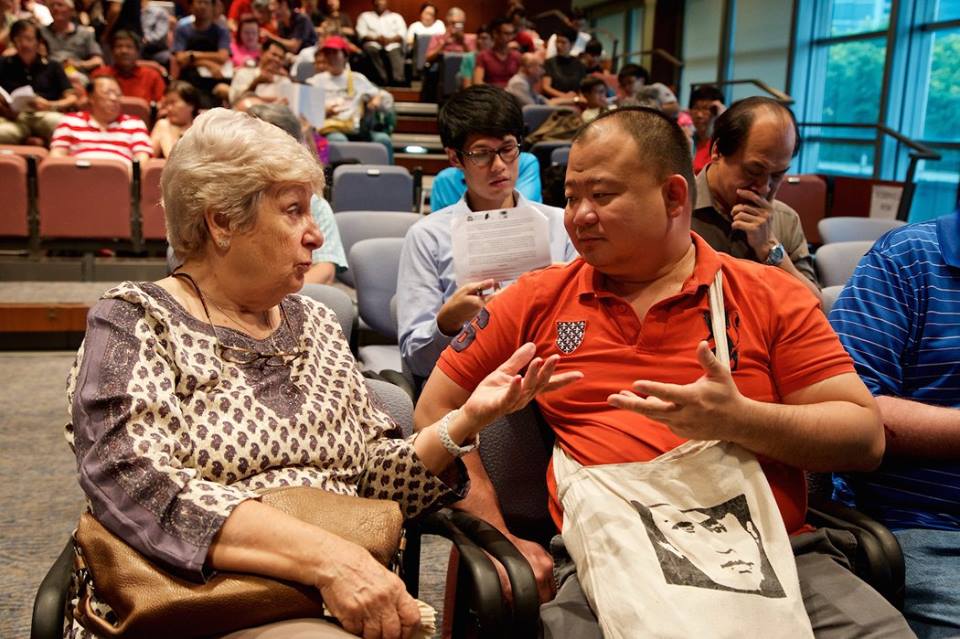
Descendant of Dr Lee Choo Neo – Singapore’s first female doctor – with CW Chan who contributed a profile piece of Lee Choon Seng – “oh to be a fly on the wall of this conversation” (photo Carolyn Lim)
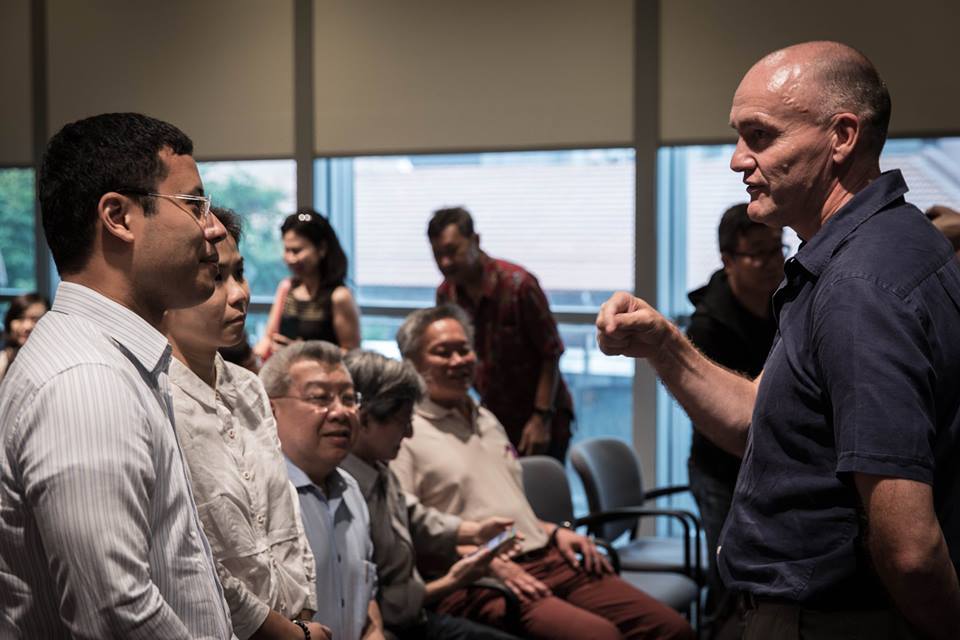
Minister Lee meeting Jon Cooper who contributed a chapter to the book and recently launched his own book Tigers in the Park on the WW II archeological digs he conducted over a span of 6 years as part of the Adam Park Project
Jon, captivated the audience at the launch with his stories of the descendants and survivors of POW camps he had met in the course of his research (photos of Jon’s presentation by Lawrence Chong)
And finally a pictorial thanks to our sponsors in no particular order :
And as previously mentioned Tan Ean Kiam Foundation is one of the sponsors.
You can support funds for the book by purchasing a copy or more here
If you would like to bulk purchase books to donate to community organisations, drop us an email a.t.bukitbrown@gmail.com
And here’s a reminder of “who” this is all about:
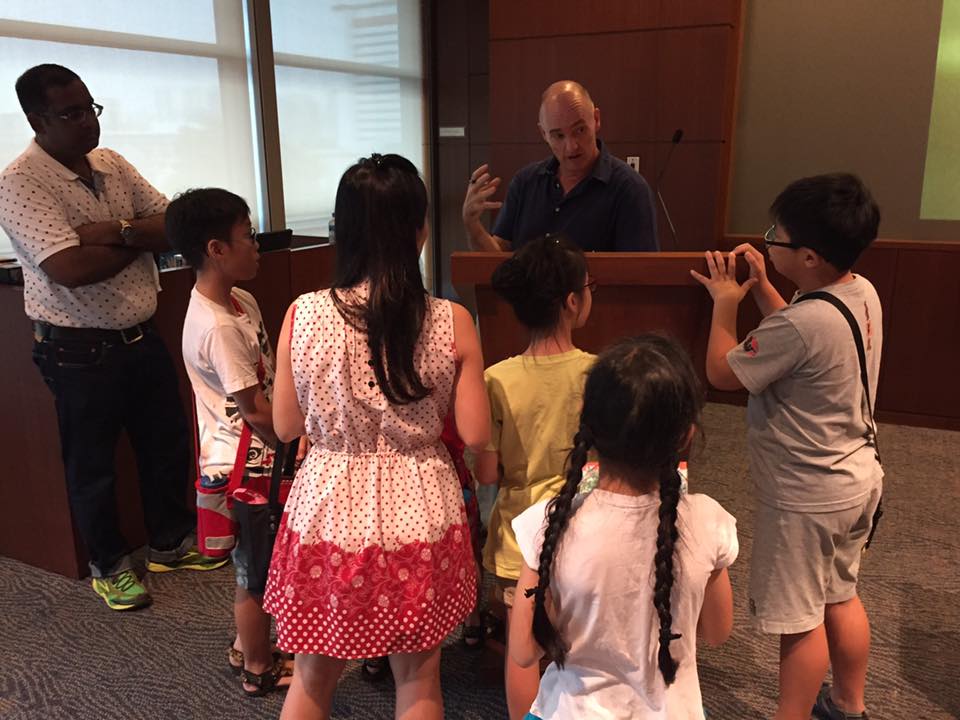
“In the end we will conserve only what we love; we will love only what we understand; and we will understand only what we are taught.” (Baba Dioum, 1968.) Photo Simone Lee
Acknowledgments:
To everyone who came, out heartfelt gratitude. To our official photographers, Lawrence Chong and Carolyn, thank you.
Look out for more stories about the launch and updates about the book in the blog under History : Books
Co Publishers:
Ethos Books and Singapore Heritage Society
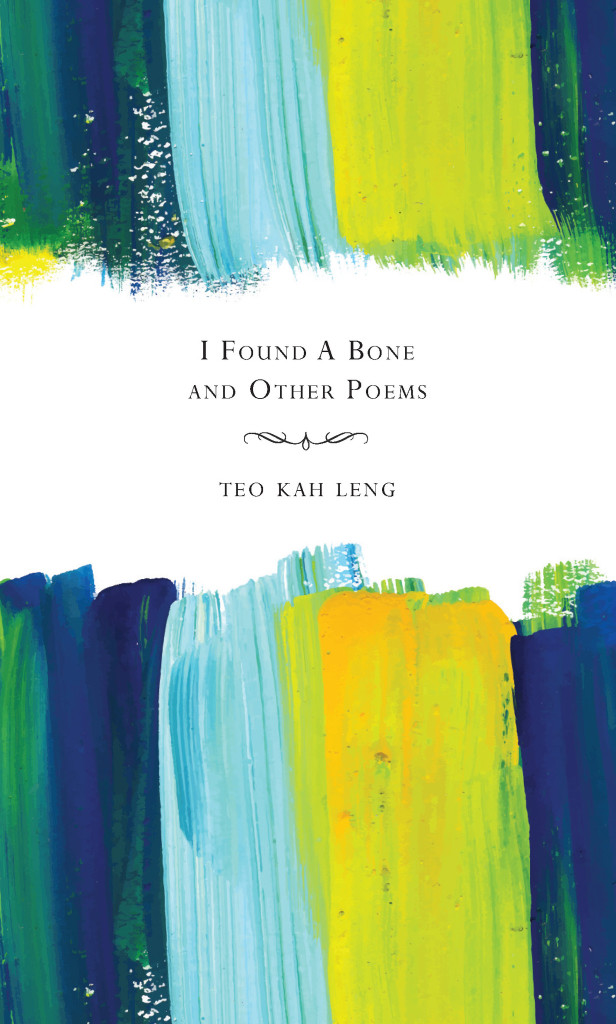



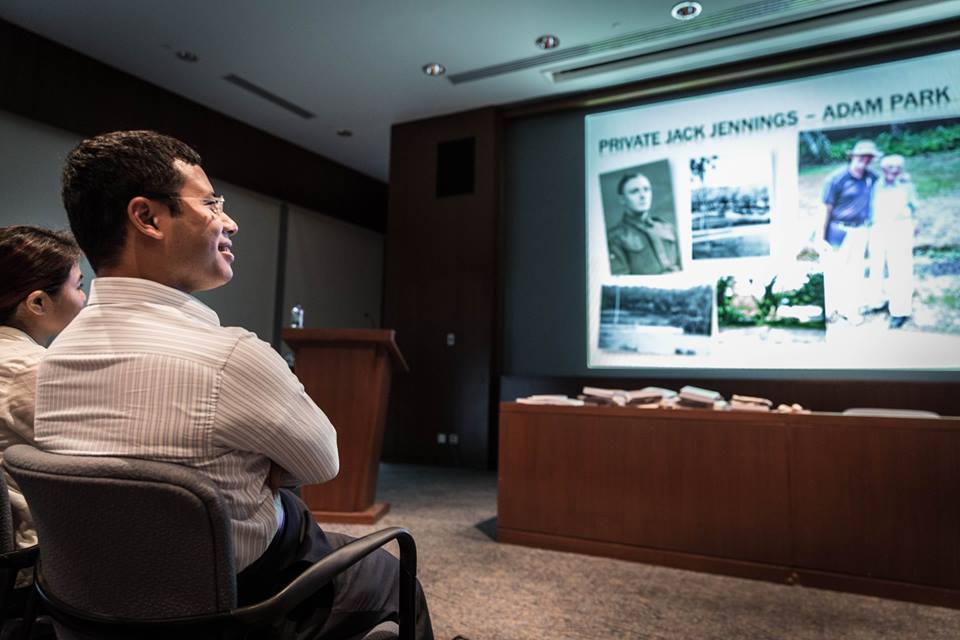
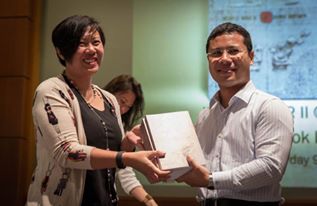
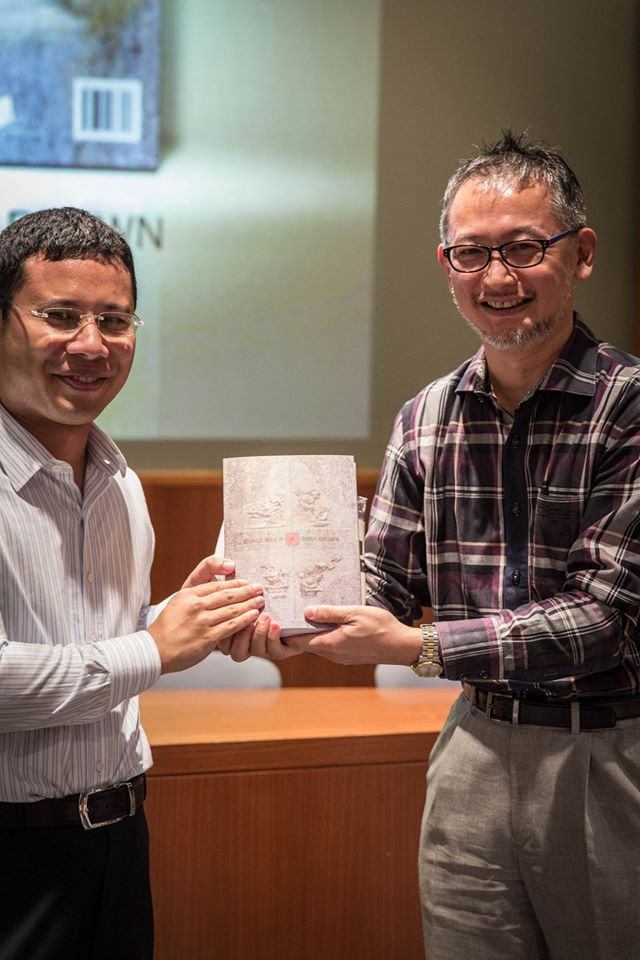

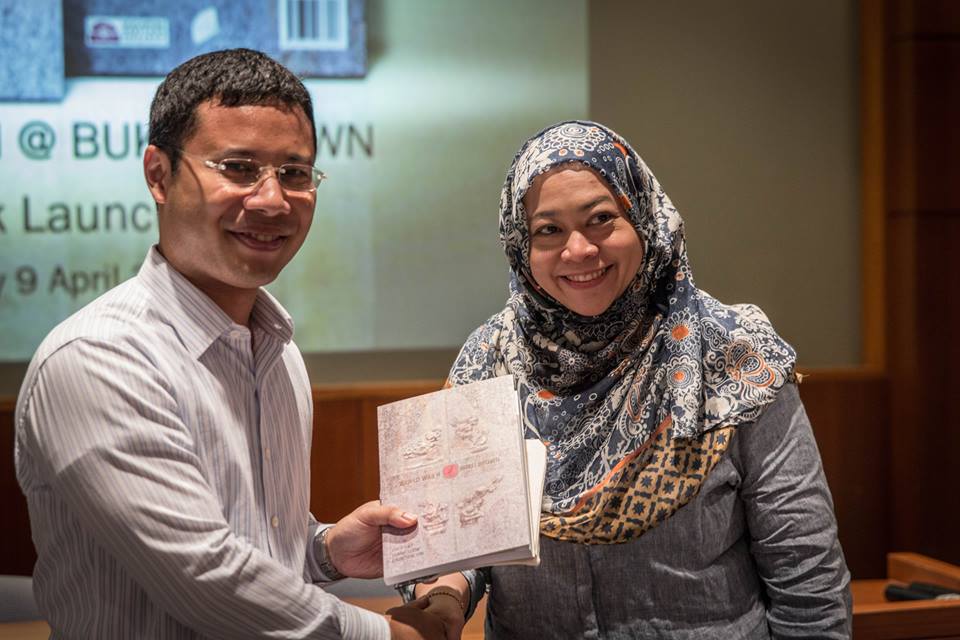

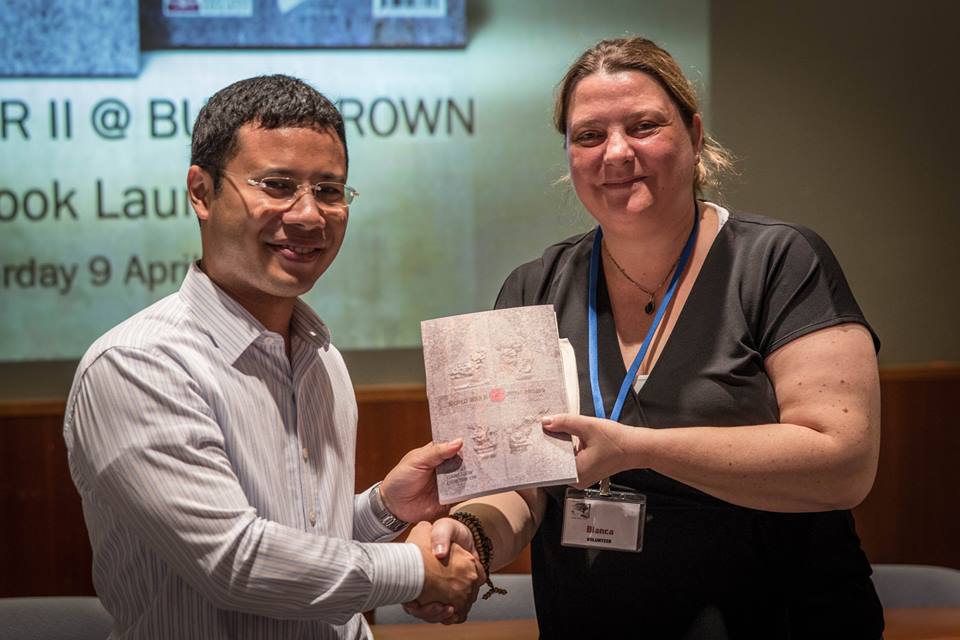
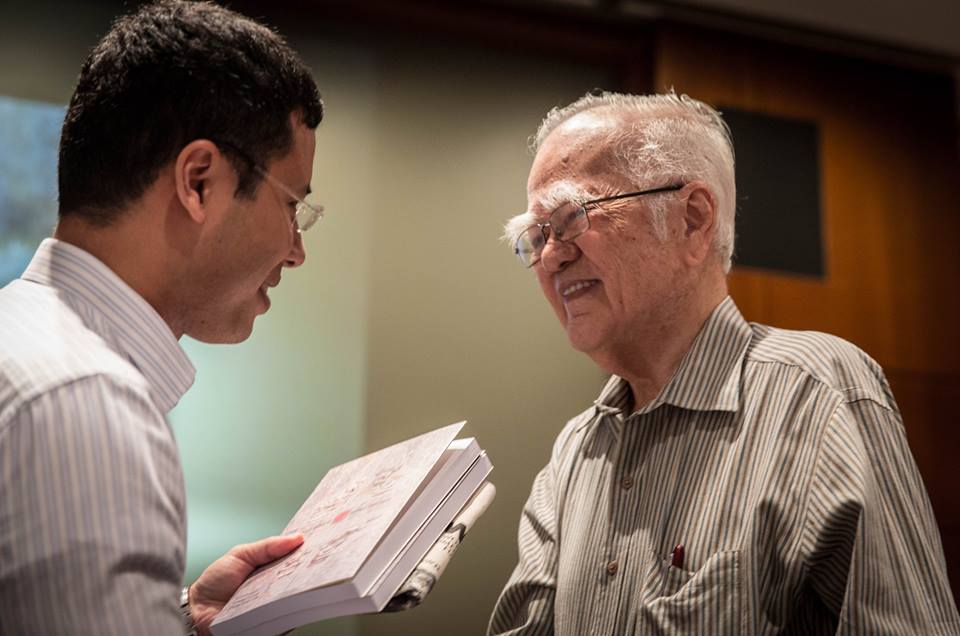
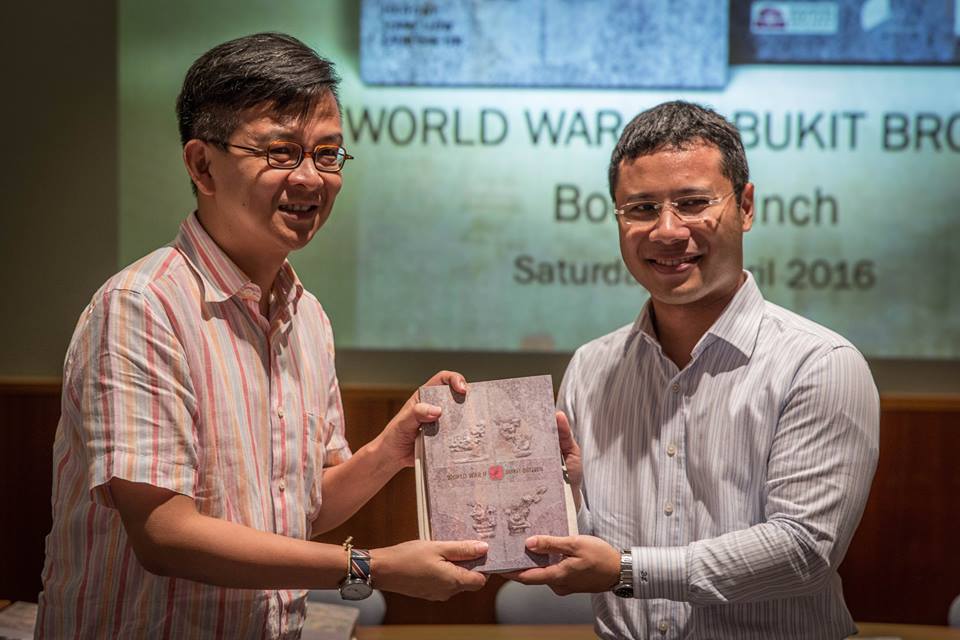

Recent Comments